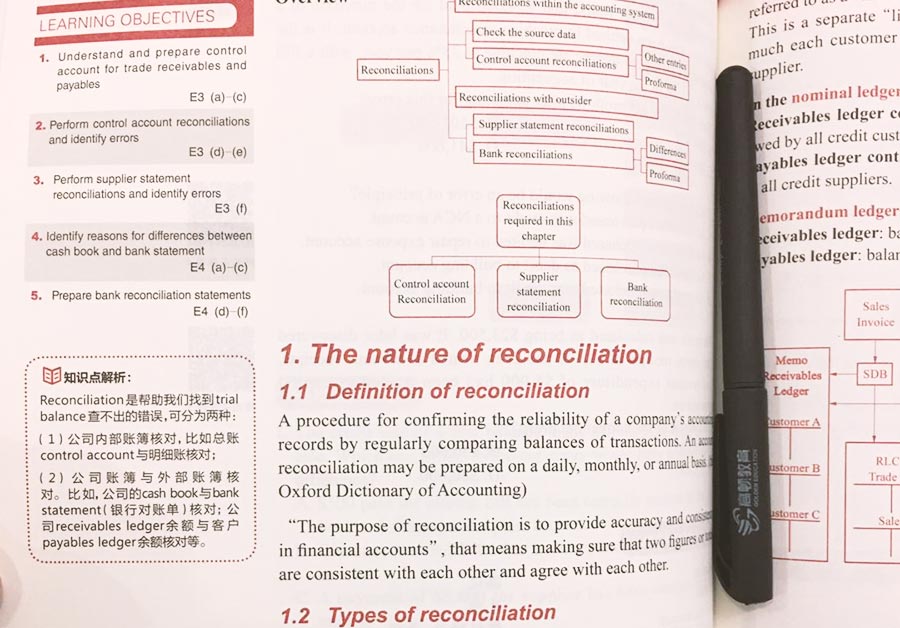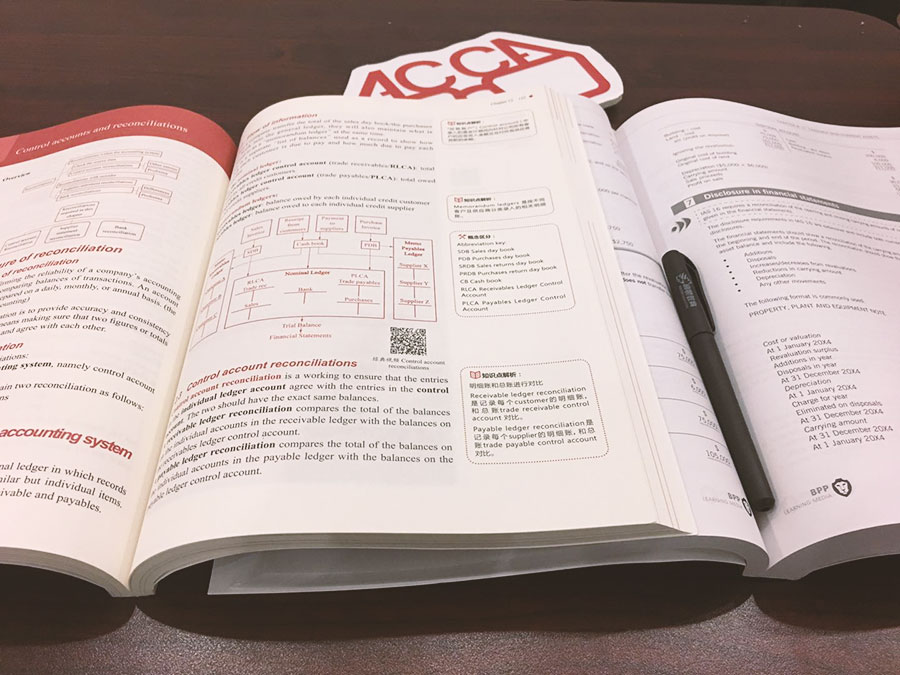ACCA考试科目F7合并财务报表疑难解析Part3
之前高顿ACCA给大家带来了ACCA考试科目F7里面的合并报表Part1和合并财务报表Part2,今天我们继续看F3里面合并报表的内容分析。戳>>>2019年ACCA备考资料免费领
我们从一个ACCAer常问的问题开始:
问:“A公司是B公司的投资方,B公司是A公司的Associate,如果B公司将商品卖给A公司,B公司的利润多了,所以要调减利润;但是在upstream transaction中,如果A公司卖给B公司,B公司的利润也没多,为什么要调减呢?”
问题集中
很明显,问题集中在看不懂对顺流交易(upstream transaction)和逆流交易(downstream transaction)的调整上
部分同学反应,该部分在考试中并不是高频考点,在教学过程中,由于时间的关系,部分老师会善意的建议学员将调整分录直接背下来,不必深究。本文旨在帮助大家从原理上理解这些调整的原因。当然,在应试中,适当的记忆是必不可少的。
我们先从原理上回答这个问题
之所以这样调整是因为把投资方和联营企业看成一个整体。无论是投资方向联营企业销售还是联营企业向被投资方销售,只要期末未对第三方销售,从整体来看都说明内部的利润虚增了。但按照合并报表准则,联营企业、合营企业是不纳入合并范围的,不能像合并编制合并报表那样进行内部交易抵消,取而代之的一个简化方法是直接按照抵减未实现的利润之后的净利润调整母公司投资收益。基于该简化的方法,对于未实现的内部交易损益,无论是顺逆流都需要调整被投资单位净利润。
我相信大部分学员看完上面的理论解释依然是一头雾水,不知所云。表慌,下面我们就举例子啦!走起~
In20X7, A Co, a parent with subsidiaries, holds 20% of the equityshares in B Co. During the year, B Co makes sales of $10m to A Cowith a cost of $ 6m. At the year-end, A Co has all these goods stillin inventories. B made a net profit of $32m during the year.
应进行的相关调整如下:
A公司在按照权益法确认应享有B公司20×7年净损益时,在个别财务报表中应进行以下账务处理:
|
Dr. Investment in associate (32,000-4000)×20% |
$ 5,600 |
|
Cr. Investment income |
$5,600 |
进行上述处理后,投资企业由于有子公司(注意:B公司不是子公司),需要编制合并财务报表的,应在合并财务报表中进行以下调整:
|
Dr. Investment in associate 4 000×20% |
$800 |
|
Cr. Inventories |
$800 |
关于上述调整分录的理解:
首先,假定对于上面第一笔分录先不考虑未实现内部交易损益的影响,则分录为:
(1)
|
Dr. Investment in associate 32,000×20% |
$ 6,400 |
|
Cr. Investment income |
$ 6,400 |
其次,在合并财务报表中,假定将A公司和B公司看成一个整体,则抵消分录为:
(2)
|
Dr. Investment income 4,000×20% |
$800 |
|
Cr. Inventories |
$800 |
Note:根据第母公司与子公司抵消分录可知,此处应该冲Sales 和Cost ofsales,但是因为B公司没有纳入合并财务报表,所以此处用一个损益科目Investmentincome 代替Sales和Costof sales。另外,注意是按比例抵销。
把以上分录(1)和(2)合并起来就是我们在合并报表中要达到的“终极目标”(不是“没有蛀牙”哦,仔细往下看)
|
Dr. Investment in Associate |
6,400 |
|
Cr. Investment income |
5,600 |
|
Cr. Inventory |
800 |
有了“终极目标”我们就很容易做出合并报表中的调整分录了
“终极目标”①
|
Dr. Investment in Associate |
6,400 |
|
Cr. Investment income |
5,600 |
|
Cr. Inventory |
800 |
个别表报表中已经做出的调整②
|
Dr. Investment in associate (32,000-4000)×20% |
5,600 |
|
Cr. Investment income |
5,600 |
所以我们只需要做出如下调整即可达到目标③
|
Dr. Investment in associate |
800 |
|
Cr. Investment income |
800 |
大家看看,现在是不是①=②+③了呢?
其实没有想象中的那么难理解,是不是?
我们继续下一个例子,可以比照Example1的思路
In20X7, A Co, a parent with subsidiaries, holds 20% of the equityshares in B Co. During the year, A Co makes sales of $10m to B Cowith a cost of $ 6m. At the year-end, B Co has all these goods stillin inventories. B made a net profit of $20m during the year.
应进行的相关调整如下:
A在个别财务报表中应进行以下账务处理:
|
Dr. Investment in associate (20,000-4,000)×20% |
3,200 |
|
Cr. Investment income |
3,200 |
A公司在合并财务报表中对该未实现内部交易损益应在个别报表已确认投资损益的基础上进行以下调整:
|
Dr. Sales 1,000x20% |
$2,000 |
|
Cr. Cost of sales 600x20% |
$1,200 |
|
Cr. Investment income |
$800 |
对上述调整分录的理解:
首先,不考虑内部交易调整,A公司在个别报表中应该确认:
(1)
|
Dr. Investment in associate 20,000×20% |
4,000 |
|
Cr. Investment income |
4,000 |
其次,按合并报表要求,抵销A公司多确认的收入和成本:
(2)
|
Dr. Sales 10,000x20% |
2,000 |
|
Cr. Cost of sales 6,000x20% |
1,200 |
|
Cr. Investment in associate Note |
800 |
Note:本来应该是Cr. Inventories,但是由于B公司不纳入合并范围,以一个资产类科目Investment inassociate 取代。
我们的“终极目标”是上面的分录(1)+(2)
|
Dr. Investment in associate |
3,200 |
|
Dr. Sales |
2,000 |
|
Cr. Investment income |
4,000 |
|
Cr. Cost of sales |
1,200 |
可是A公司在个别报表上只做了
|
Dr. Investment in associate |
3,200 |
|
Cr. Investment income |
3,200 |
所以在合并层面,只需要打一个“补丁”到终极目标即可
|
Dr. Sales |
2,000 |
|
Cr. Cost of sales |
1,200 |
|
Cr. Investment in associate |
800 |






